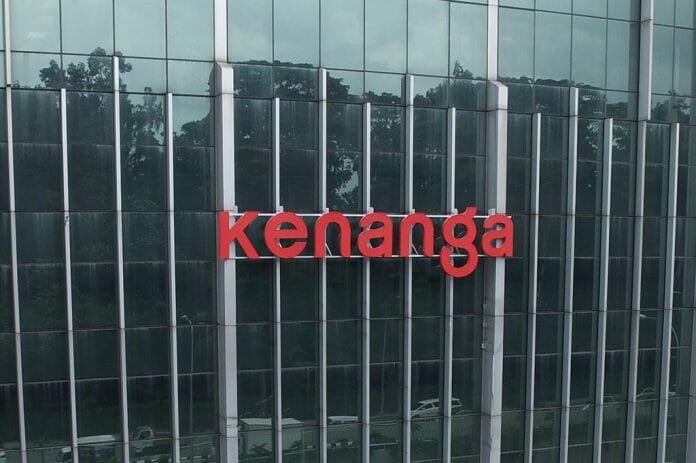Malaysia’s headline inflation remained at 3.7% YoY in February, this Kenanga said matched its own estimate but slightly higher than market expectation (3.6%) − Even though, price pressure has remained fairly muted, tourism-related components such as food and restaurant & hotel have continued to climb. Notably, the cost of accommodation services surged to 7.8% YoY, its highest level on record, indicating strong demand from tourists.
On a monthly basis, CPI increased at an unchanged rate of 0.2% MoM, while core inflation remained steady at 3.9% YoY despite a moderation in core food and transport items.
Further moderation in transport inflation was offset by a rise in rent and food costs. Transport (3.7%; Jan: 4.0%): continue to trend lower, hitting a ten-month low, on moderation in the cost of repair and maintenance (10.7%; Jan: 11.2%) and purchase of vehicle (1.9%; Jan: 2.1%). − Housing, water, electricity, gas & other fuels (1.7%; Jan: 1.5%): increased as rental cost soared to an almost three-year high, potentially due to homeowners raising rent in response to BNM’s 25 basis points rate hike in November. − Food & non-alcoholic beverages (7.0%; Jan: 6.7%): rose to a three-month high due to an increase in prices of food at home (5.8%; Jan: 5.1%), especially meat and vegetables. However, food inflation slowed to 0.4% MoM (Jan: 0.6%).
Inflationary pressures appeared to have eased across both advanced and developing economies − US cooled to its lowest level in 17 months, primarily due to a moderation in food prices and a drop in energy costs. However, the cost of shelter continued to drive inflation up, complicating Fed’s monetary policy outlook amid the ongoing banking crisis. − EU decelerated for the fourth consecutive month due to a moderation in energy costs. However, the ECB may continue to hike rates due to the significant increase in core inflation. − China slowed to a 12-month low due to falling food prices, weak consumer demand, and excess production capacity. This may challenge Chinese policymakers to balance economic growth and financial stability.
The 2023 headline inflation forecast is retained at 2.5% (2022: 3.3%) amid a potential drop in demand − Over the next few months, headline inflation is expected to trend lower around the 3.0-3.5% level, as a result of the government’s ongoing efforts to reduce the cost of living, sluggish global demand, tighter financial conditions, and falling commodity prices. This coupled with the expectation that the government may continue to provide fuel subsidies throughout the year may continue to bring inflation down. Nonetheless, there are still some potential risks that could drive inflation upward, such as an increase in tourism activity and heightened geopolitical uncertainty.
Bank Negara is expected to maintain the overnight policy rate at 2.75% at the upcoming monetary policy meeting in May as we reckon that the central bank has reached the end point of its policy normalisation cycle, mainly due to signs of a decrease in inflationary pressure and as the global economy slows, exacerbated by the banking crisis. Looking ahead, barring any unforeseen developments in both the global and domestic economy, it is likely that the BNM may hold its current policy stance until end of the year









